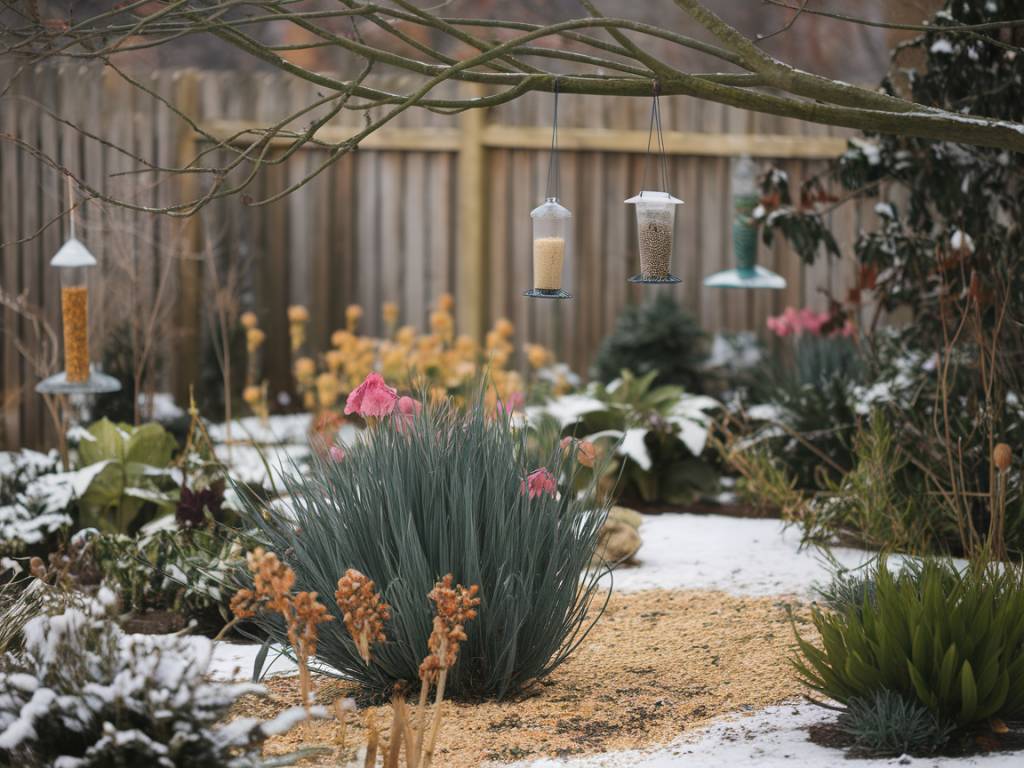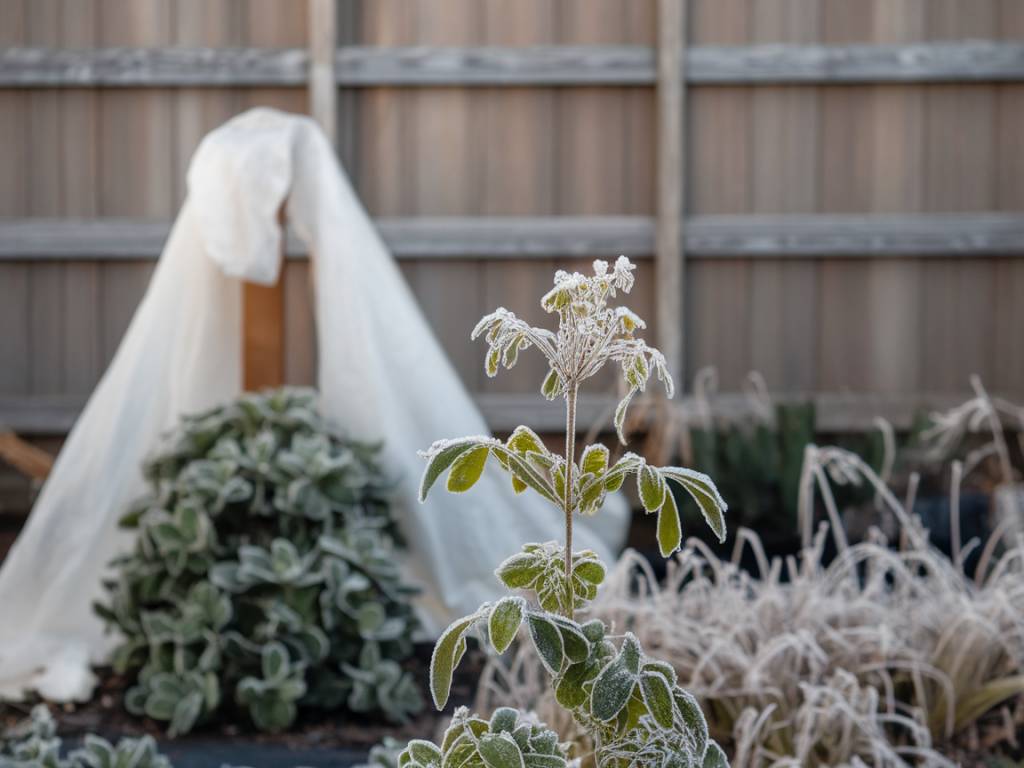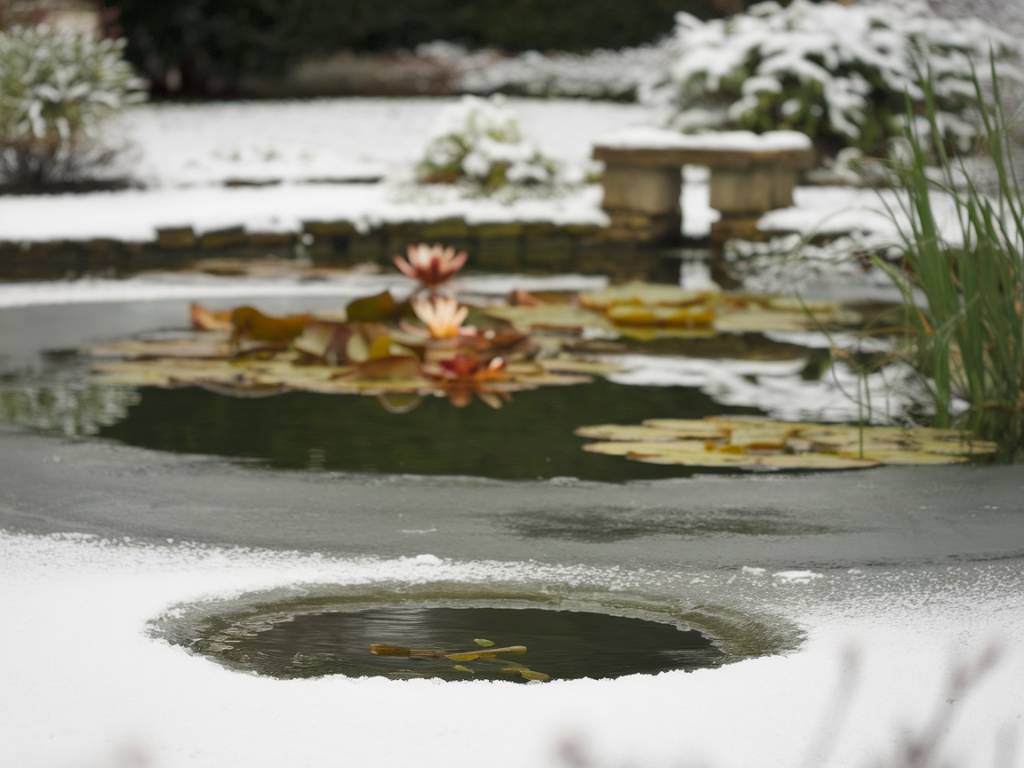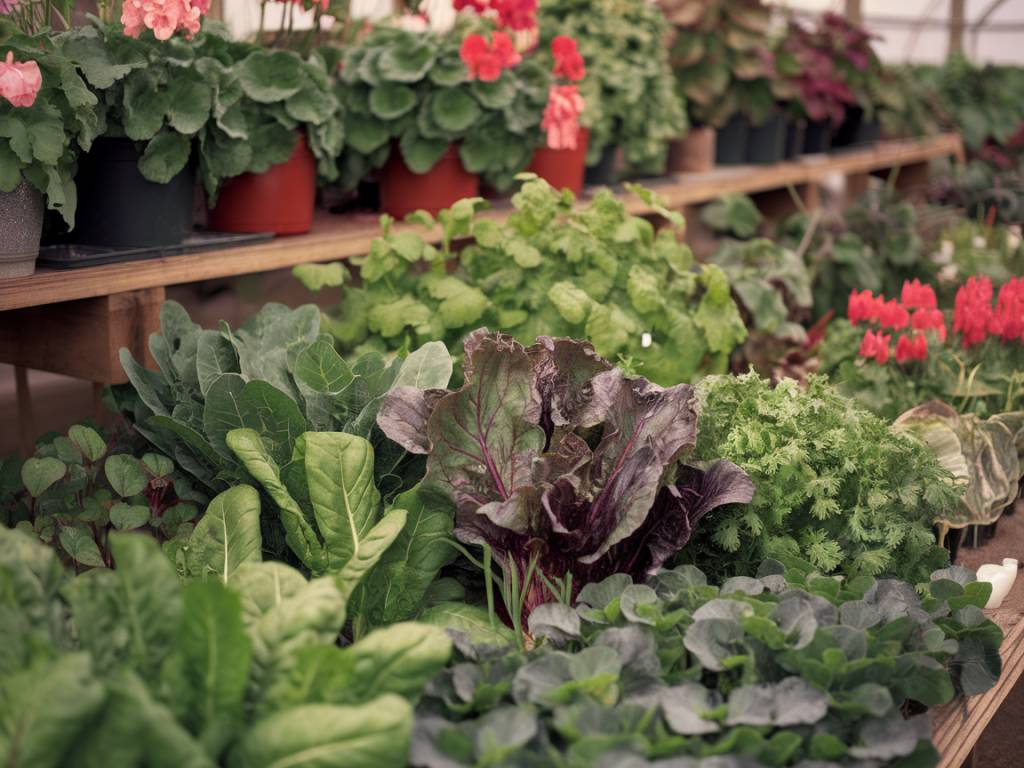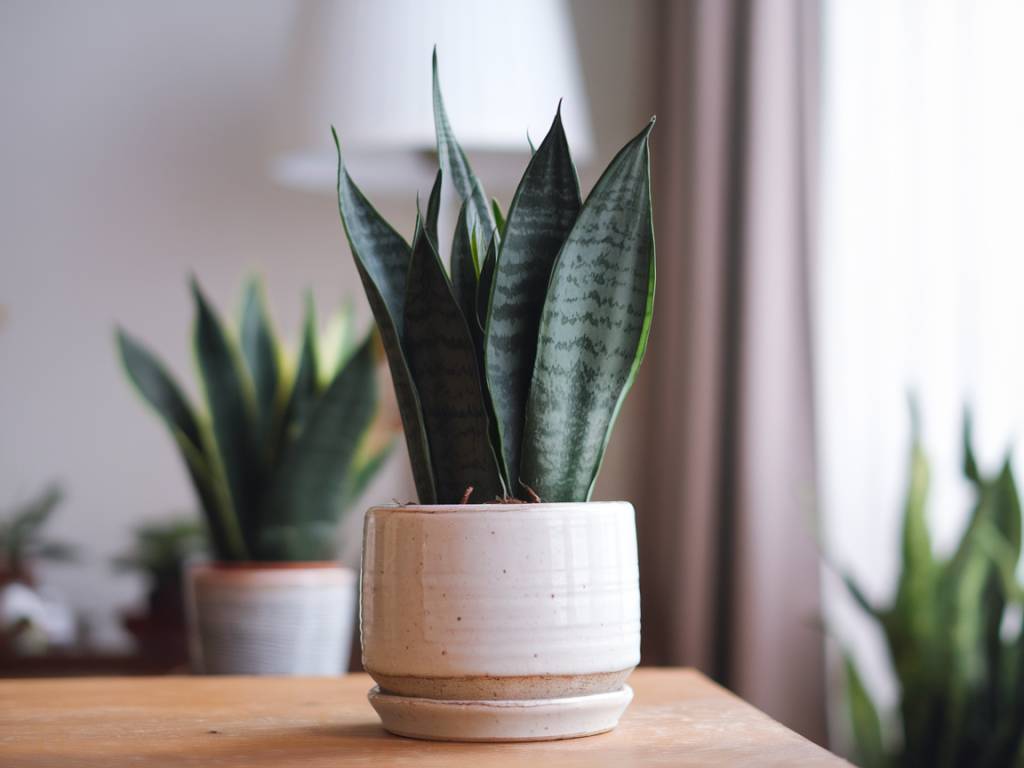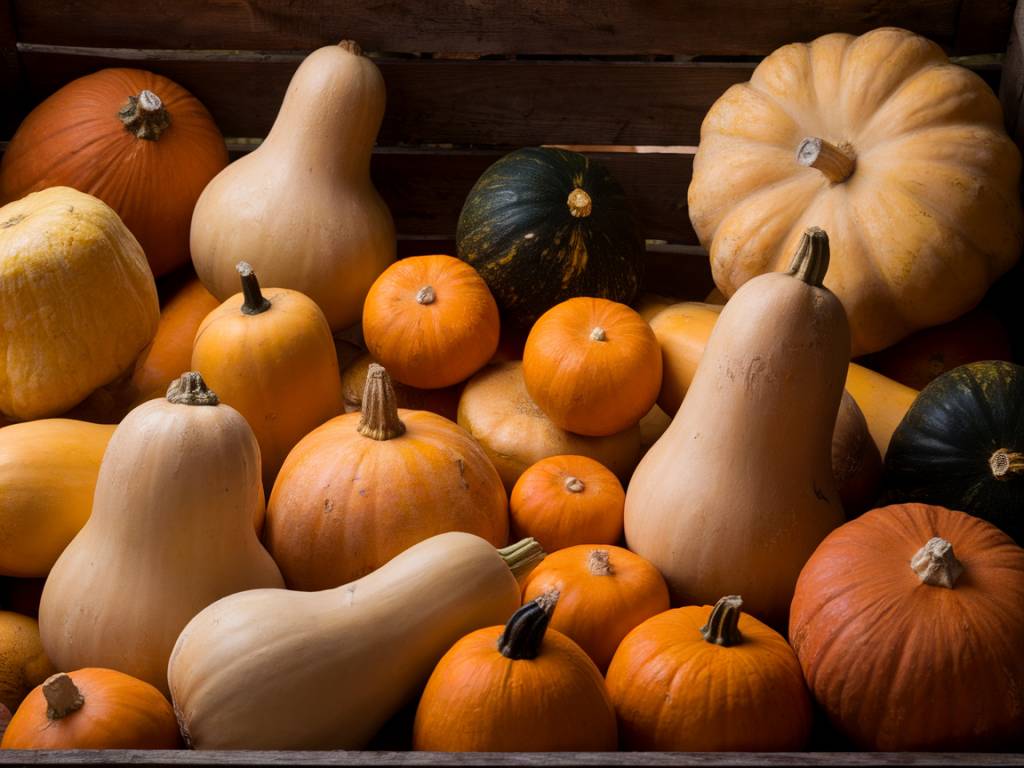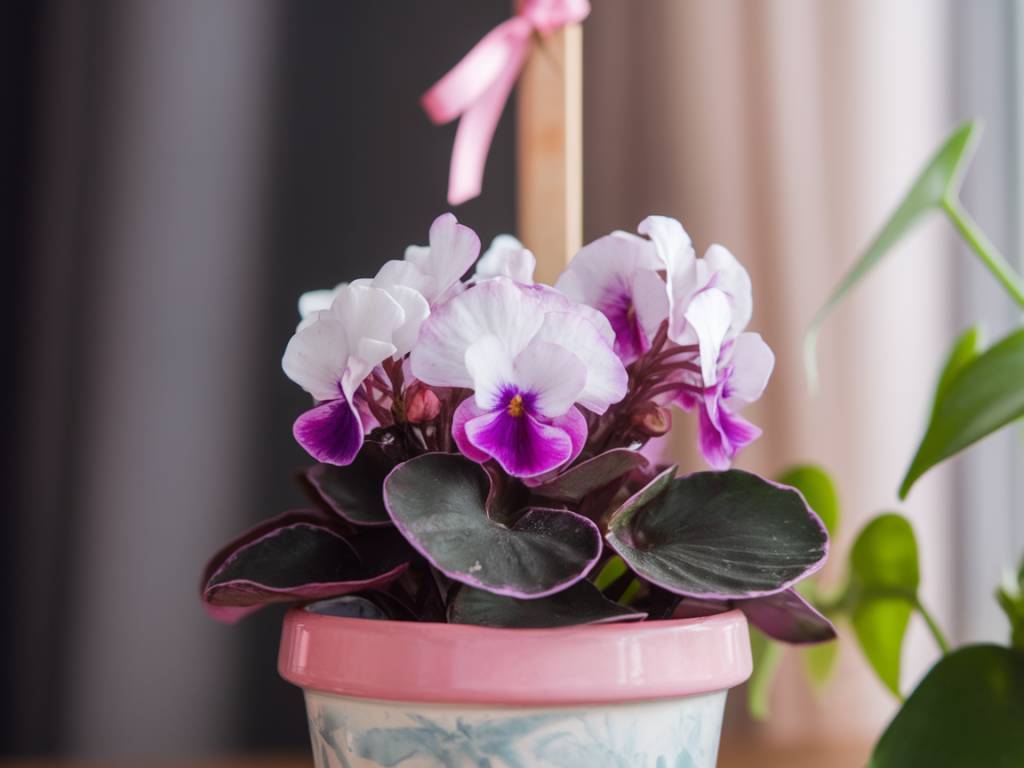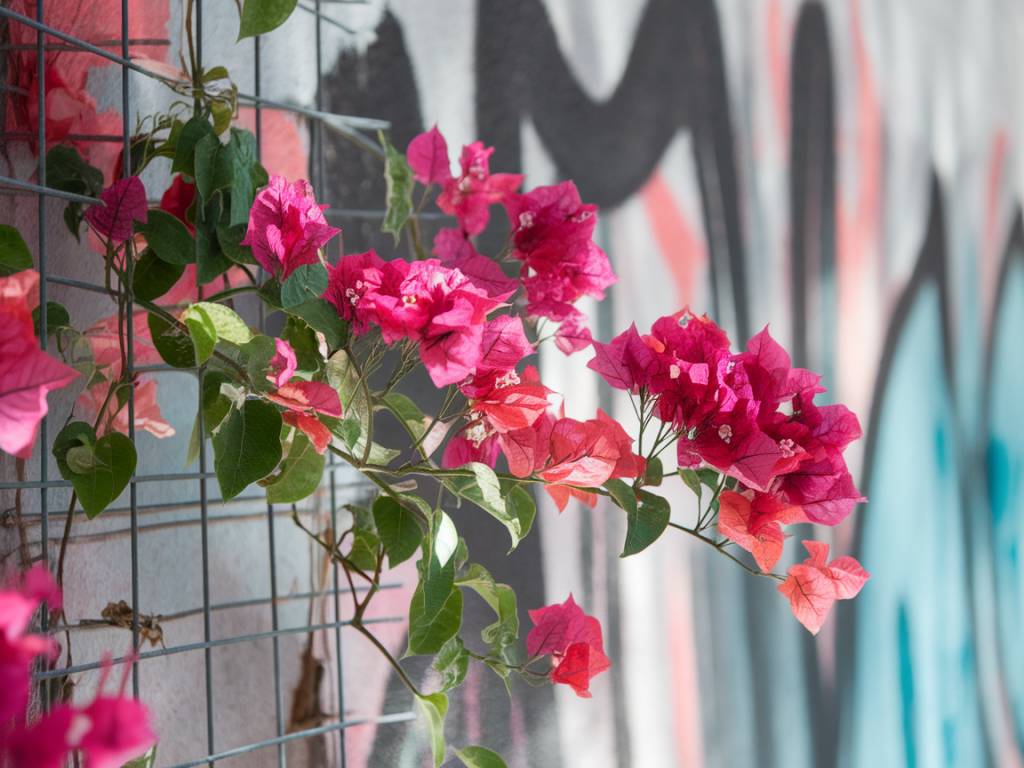Winter can be a challenging time for both your garden and the wildlife that call it home. Yet, a beautifully thriving winter wildlife garden can be your sanctuary and a haven for birds and pollinators. Here is how I create my winter wildlife garden, inspired by permaculture principles, and how you can do the same.
Choose Native Plants and Trees
The heart of a winter wildlife garden is selecting plants and trees that are native to your region. Native plants are naturally adapted to local weather conditions and provide the most reliable source of food and habitat for birds and pollinators. In the UK, consider plants like holly, ivy, and rowan, which offer berries and shelter even in the colder months.
Trees play a significant role in a winter garden. Evergreens such as pine, fir, and juniper provide year-round cover and a source of food. These trees offer dense cover where birds can roost, shielded from harsh winds and predators.
Create Habitat Piles
Habitat piles are debris piles comprised of logs, twigs, and leaves. They simulate a natural woodland floor and create small microhabitats. Here is how you can make one:
- Choose a discreet corner of your garden.
- Start with logs and larger branches at the bottom. Arrange them to create spaces and cavities.
- Add smaller twigs and leaves on top to fill in the gaps and create warmth.
- Optionally, cover part of the pile with a durable, breathable fabric to protect it from heavy rain while still allowing air circulation.
These piles offer essential cover for insects, amphibians, and small mammals. As smaller animals make their home there, they become food sources for larger wildlife.
Provide Water Sources
In winter, natural water sources can freeze over. A birdbath with a small heater or an ice-breaker can be a lifesaver for birds and other wildlife. Position the birdbath where birds have a clear view of their surroundings to avoid predators.
Additionally, placing shallow dishes of water around the garden can help. Remember to change the water regularly, and keep the dishes clean to prevent disease.
Offer Bird Feeders and Nesting Boxes
Supplement the natural food available in your garden by providing bird feeders. Use a variety of feeder types to attract different species:
- Tray feeders: Suitable for most birds. Fill with a mix of seeds and grains.
- Tube feeders: Best for smaller birds like finches and siskins. Fill with sunflower hearts or nyjer seeds.
- Suet feeders: A high-energy food source perfect for cold weather, attracting woodpeckers and nuthatches.
Nesting boxes tailored to different bird species can provide crucial shelter. Ensure boxes are placed in sheltered spots, avoiding direct sunlight and the prevailing wind. Clean old material from the boxes in autumn to prepare for new occupants in winter.
Grow Winter-Flowering Plants
Flowers that bloom in winter provide a vital nectar source for any active pollinators. Choose plants like winter honeysuckle, which has a lovely scent, and hellebores that offer early flowers brightening up the garden. Mahonia is another excellent choice with its spiky leaves and yellow flowers from autumn to winter.
Mulch for Soil Health
Mulching plays a significant role in maintaining healthy soil and plants in a winter wildlife garden. A thick layer of organic mulch helps:
- Insulate the soil, keeping roots warmer.
- Minimize soil erosion due to wind and rain.
- Retain soil moisture and reduce the need for watering.
- Suppress weeds that compete with your plants.
- Provide a habitat for beneficial insects and microorganisms.
Use materials like leaf mold, wood chips, or compost as mulch. Applying mulch in late autumn will ensure it settles and provides protection throughout winter.
Encourage Beneficial Insects
We often think of birds when considering winter wildlife, but insects also play a key role. Ladybirds, hoverflies, and solitary bees need protection during the cold months. Encourage them by:
- Creating insect hotels with hollow stems and small cavities.
- Allowing some areas of the garden to remain undisturbed.
- Leaving perennial plants uncut until late winter so insects can overwinter in the stems.
A garden friendly to beneficial insects will be ready to burst into life as soon as spring arrives.
Plan for Continuous Bloom
Think ahead to ensure your garden always has something in bloom. While winter offers fewer options, planning ahead by planting bulbs in autumn can make a huge difference. Snowdrops, crocuses, and winter aconites can provide the first flowers of the year.
As the seasons change, having a variety of plants that bloom at different times ensures that your garden is a year-round haven for wildlife. The abundance of flowers throughout the seasons will sustain pollinators and boost your garden’s biodiversity.
Diversify Your Garden Structure
A winter wildlife garden benefits from having multiple layers: ground cover, herbaceous plants, shrubs, and trees. Each layer offers distinct habitats and food sources. For example:
- Ground cover plants like ivy provide shelter for small mammals and insects.
- Herbaceous plants like hellebores offer nectar and pollen.
- Shrubs like holly provide both food (berries) and shelter.
- Trees like Scots pine give roosting sites and a stable environment.
This layered approach mimics natural ecosystems and creates a resilient garden.
Practice Organic Gardening
Maintaining a healthy garden without chemical pesticides and fertilizers is crucial. Organic gardening methods not only protect wildlife but also enhance soil and plant health. Here are some tips to keep your garden organic:
- Use compost and well-rotted manure to enrich the soil.
- Practice crop rotation and companion planting to deter pests naturally.
- Hand-pick pests or use natural predators like ladybirds and birds to keep pest populations in check.
- Make homemade organic sprays using ingredients like garlic, neem oil, and soap to manage pests.
Your garden will be safe for wildlife, pets, and people, and you’ll enjoy healthier plants.
Creating a winter wildlife garden is a rewarding endeavor that supports local biodiversity and brings year-round joy. By implementing these natural gardening practices, you’ll create a sanctuary that thrives even in the coldest months. I hope your garden becomes a haven for both you and the wildlife that visits. Feel free to share your experiences and any additional tips. Happy gardening!
Warm regards,
Samanta

